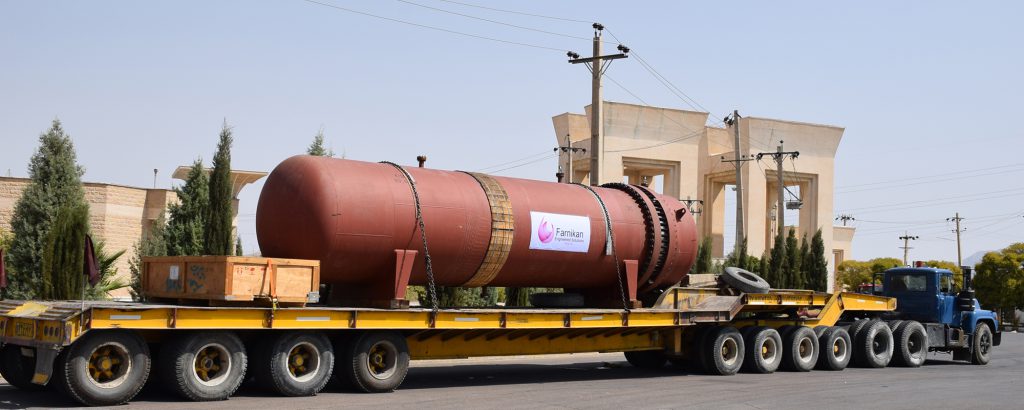Shell & Tube Heat Exchangers
Farnikan designs and manufactures Shell & Tube heat exchangers based on Client’s requirement in accordance with TEMA and also Non TEMA. Our shell and tube line utilizes bare tube (straight and u-tubes), helical low-fin outside, longitudinal fins (inside & outside are available). These exchangers are suitable for a variety of applications and are offered in fixed tube sheets or removable bundles.
We design Heat Exchangers:
- TEMA / Non-TEMA
- High Pressure
- High Temperature
- Special Configuration
Shell and tube heat exchangers consist of a series of tubes which contain fluid that must be either heated or cooled. A second fluid runs over the tubes that are being heated or cooled so that it can either provide the heat or absorb the heat required. A set of tubes is called the tube bundle and can be made up of several types of tubes: plain, longitudinally finned, etc. Shell and tube heat exchangers are typically used for high-pressure applications. This is because the shell and tube heat exchangers are robust due to their shape. Several thermal design features must be considered when designing the tubes in the shell and tube heat exchangers: There can be many variations on the shell and tube design.
Shell and Tube Heat Exchanger TEMA Designation
- TEMA Class R for petroleum applications
- TEMA Class C for commercial process applications
- TEMA Class B for chemical process service
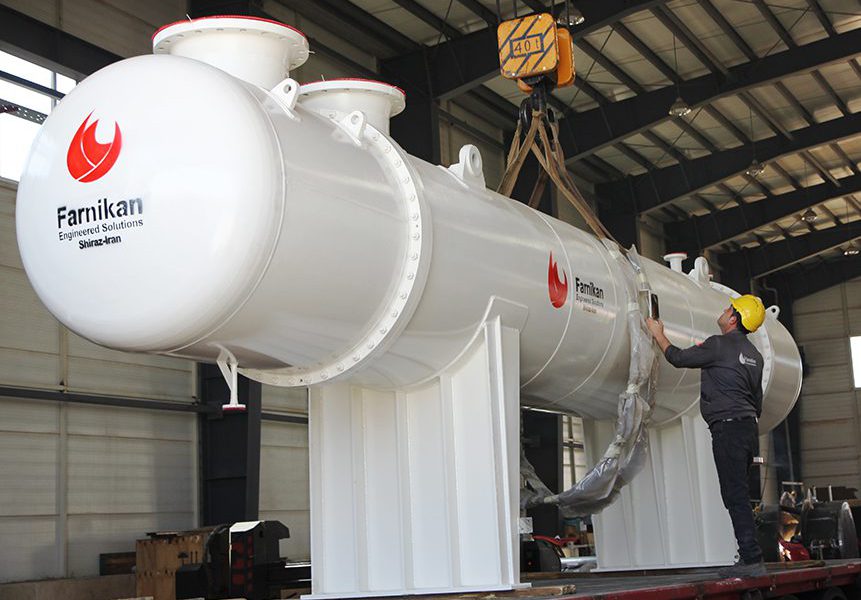
There are many different types of shell and tube heat exchanger configurations. To help standardize the types of configurations, the Tubular Exchanger Manufacturers Association has devised a standard nomenclature to briefly describe heat exchangers. The standard developed by TEMA describes a heat exchanger using three letters.
The first letter specifies the front head, second letter, the flow configuration and third letter, the rear head configuration.
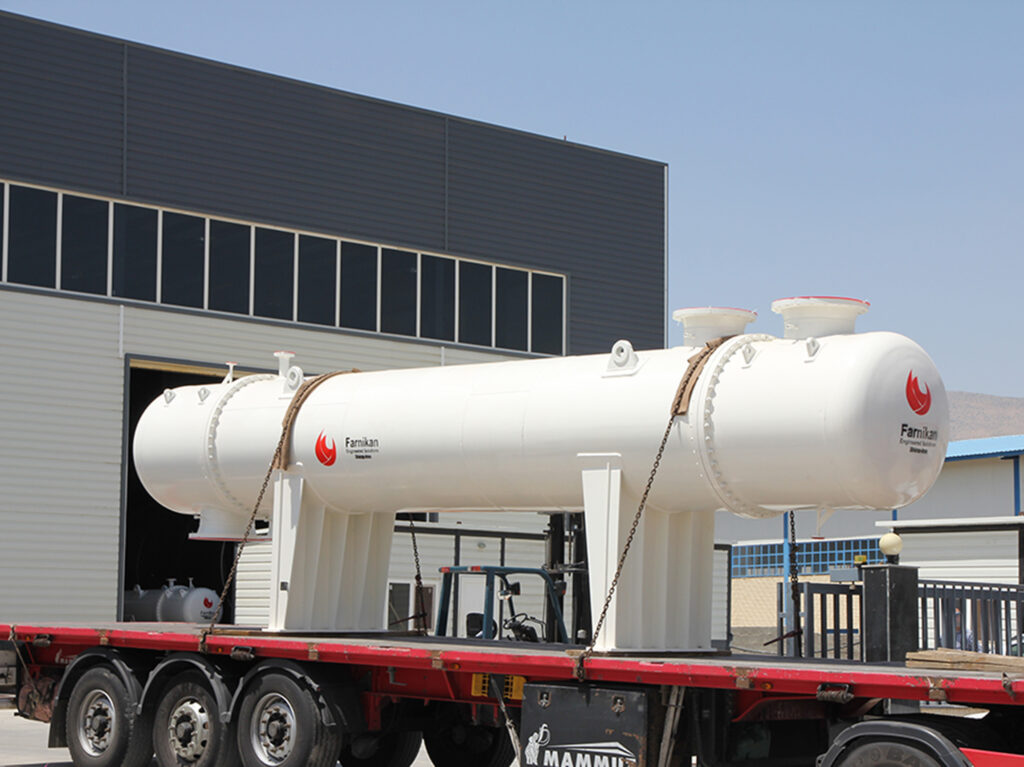
TEMA Type
Heat Exchanger
TEMA type heat exchangers are standard type of heat exchangers which are developed by TEMA describes a heat exchanger using three letters.
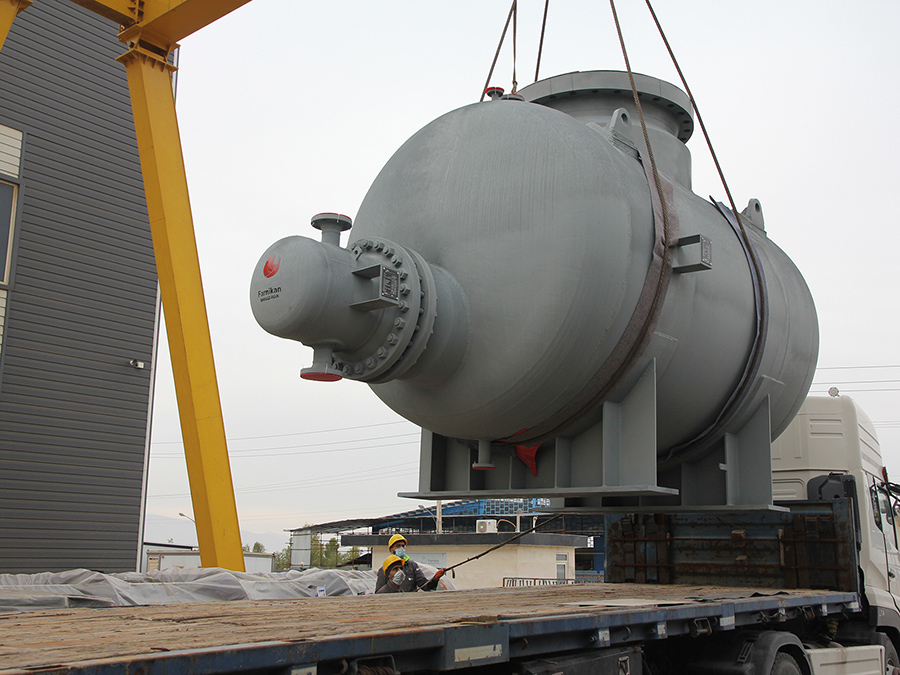
KETTLE REBOLIER
Heat Exchanger
Reboilers are special type of shell and tube heat exchangers typically used to provide heat to the bottom of industrial distillation columns.
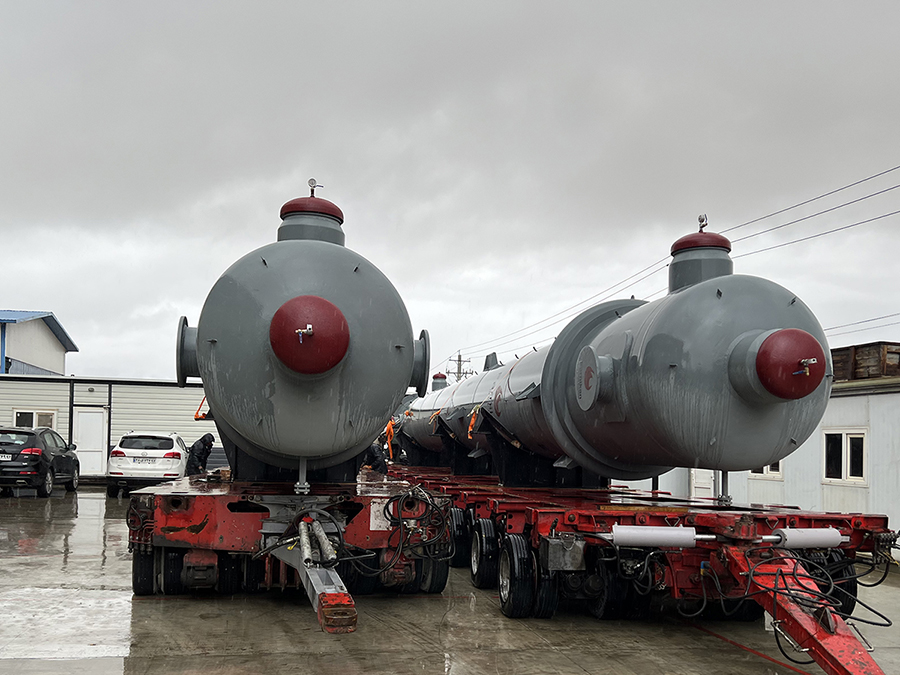
TEXAS TOWER
Heat Exchanger
Texas Towers are vertical shell and tube heat exchangers, used as heat recovery units and placed around reactors in petrochemical plants.
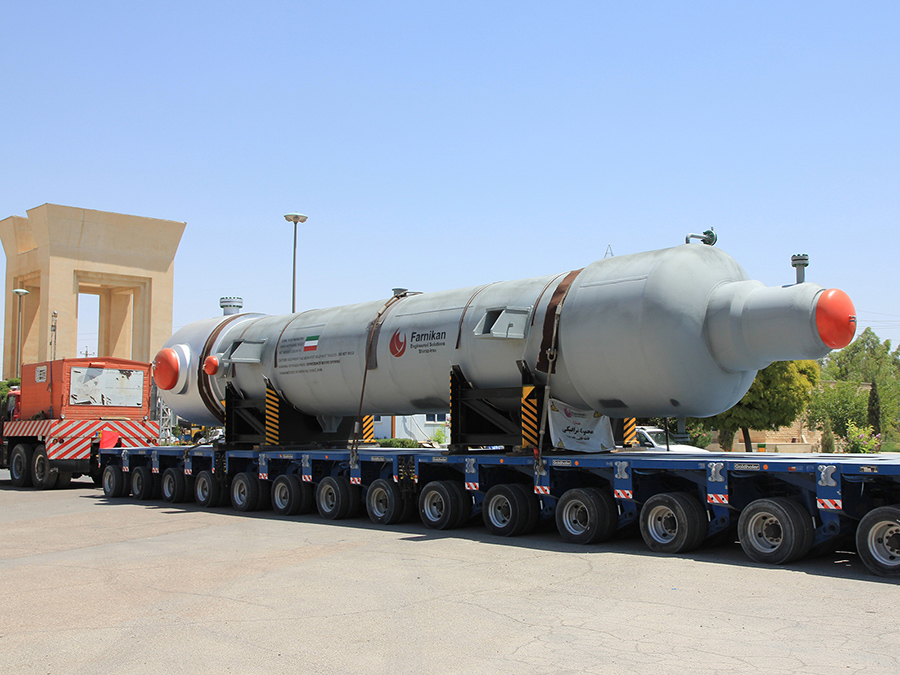
SPECIAL DESIGN
Heat Exchanger
We design and fabricate special non-TEMA type heat exchangers for specific configuration according to Licensor’s design and special requirements.

Inner Bore Welding Type
Heat Exchanger
In IBW Heat Exchangers, the tube does not pass through the tubesheet but rather is welded to a short stub machined on the tube side of the tubesheet.

Design of Heat Exchangers
We have the experience, engineering expertise to do following engineering activities:
- Thermal Rating and Design
- Mechanical Design
- Finite Element Analysis (FEA)
- Computational Fluid Dynamics (CFD)
- 3D Modeling
- Engineering Drafting
Application of Heat Exchangers
Shell and tube heat exchangers are employed in numerous industrial processes.
Heat exchangers are primarily employed to transfer heat from one medium to another. They can also harness heat from a hot fluid, leaving the system to warm up a cold fluid entering a hot process system.
- Cooling Process
- Heating Process
- Preheating
- Steam generation
- Condensing
- Heat Recovery
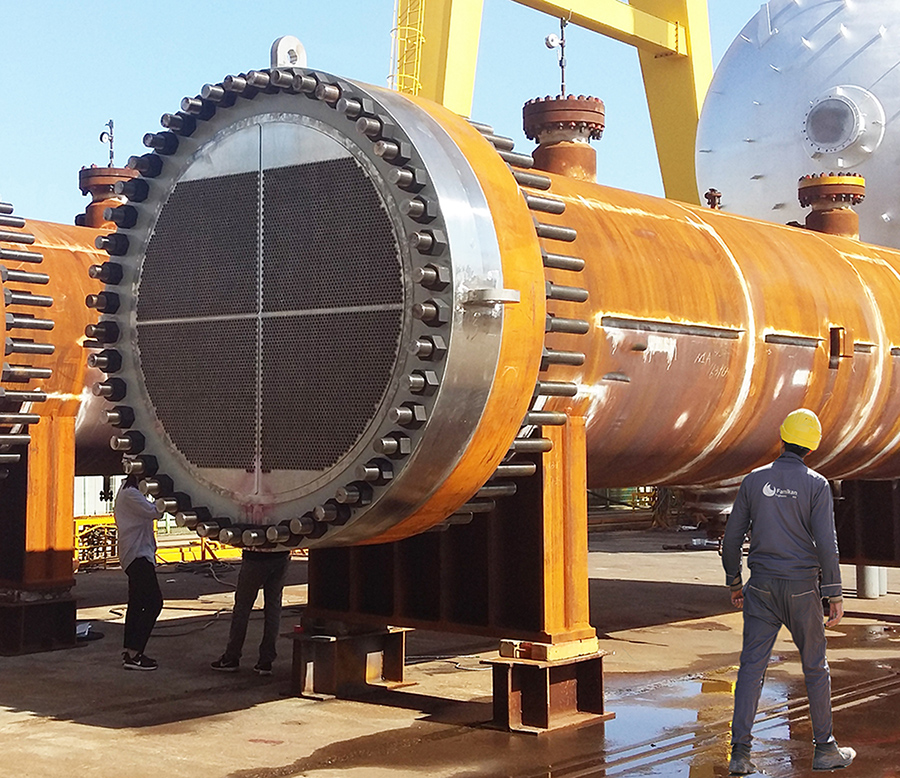
Graded Material
To be able to transfer heat well, the tube material should have good thermal conductivity. Because of the tendency of the tube material to thermally expand differently at various temperatures, thermal stresses occur during operation. The material including shell and other parts should be compatible with both side fluids for long periods under the operating conditions to minimize deterioration such as corrosion. All of these requirements call for careful selection of strong, thermally-conductive, corrosion-resistant, high quality tube materials.
- Carbon Steel
- Stainless Steel
- Non-ferrous alloy,
- Inconel, nickel, Hastelloy
- Titanium
Types of Heat Exchangers
According to the number of fluids — the heat exchanger may incorporate two, three, or more than three heat transfer fluids in the system.
- In single pass heat exchangers, fluids flow by each other only once in the system.
- Fluids in multi-pass heat exchangers are looped back to flow by each other multiple times.
- In counter flow heat exchangers, fluids flow from opposite directions towards each other.
- In cross flow heat exchangers, fluids flow perpendicular to each other.
- In co-current flow heat exchangers, fluids flow parallel to each other.


Heat Transfer Principle
Process Criteria
How does a Heat Exchanger work?
It is a device that enables heat from one liquid (or gas) to be transferred to another liquid or gas without the two fluids mixing or coming into contact. They are employed for the liquid-cooled, closed-loop cooling of water to air-cooled components.
When a cooling system employs liquid as a coolant and a heat exchanger to remove heat from the coolant, the cooling system is said to be using closed-loop liquid cooling. The most popular coolants include water, deionized water, disrupted glycol, and water solutions.
The heat exchanger enters and passes through the combustion produced by burning natural gas or propane fuel in the furnace. Hot flue gas from the stove heats the metal as it travels to the exhaust outlet. The heated metal warms the air moving over the heat exchanger’s exterior. It should be noted that although different types of heat exchangers use other methods of exchanging heat, practically all forms of heat transfer devices use the same method overall.
Heat Exchanger
CO2 Stripper Reboiler

